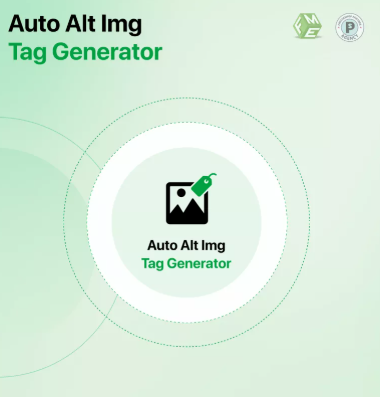
In the evolving digital landscape, content marketing has become a cornerstone for e-commerce success. For PrestaShop store owners, integrating a blog is an excellent way to engage customers, boost SEO, and build brand authority. The prestashop blog module provides an easy and effective solution to add blogging functionality right within your online store.
This guide walks you through setting up the PrestaShop Blog Module and using it strategically to enhance your content marketing efforts, especially in today’s mobile-first era where responsive design is key.
Why a Blog Is Vital for Your PrestaShop Store
A well-maintained blog does more than just share news; it:
-
Drives organic traffic through targeted keywords.
-
Builds trust and rapport with customers.
-
Educates users about your products and industry.
-
Supports SEO by providing fresh, relevant content.
-
Enhances the mobile user experience with easily accessible articles.
With Google’s mobile-first indexing, ensuring your blog is responsive and fast-loading on all devices is crucial for rankings and user satisfaction.
Step 1: Installing the PrestaShop Blog Module
Start by selecting a reliable blog module compatible with your PrestaShop version. Popular options can be found in the PrestaShop Addons marketplace.
To install:
-
Log into your PrestaShop admin panel.
-
Navigate to Modules > Module Manager.
-
Click Upload a Module and select the blog module file.
-
Follow installation prompts and activate the module.
-
Clear cache if necessary.
Step 2: Configuring the Blog Module
Once installed, configure settings such as:
-
Blog layout and theme to match your store’s responsive design.
-
Categories for organizing posts.
-
SEO settings, including meta titles, descriptions, and URLs.
-
Social sharing options to increase reach.
-
Comment management for engagement.
Ensure that the blog’s design adapts smoothly across devices, providing a consistent mobile-first user experience.
Step 3: Creating SEO-Friendly Blog Content
To maximize the impact of your blog:
-
Use keyword research tools to identify relevant topics.
-
Write naturally and avoid keyword stuffing.
-
Include your primary and secondary keywords strategically, bolding them once.
-
Break content into short paragraphs with clear headings for mobile readability.
-
Use images with optimized alt tags for SEO and accessibility.
-
Include internal links to product pages or other relevant blog posts.
Step 4: Publishing and Promoting Your Blog Posts
Regularly publish fresh content to keep your blog active and engaging. Promote posts via:
-
Social media channels.
-
Email newsletters.
-
Cross-linking within your website.
Responsive design ensures that your audience enjoys seamless reading experiences regardless of their device.
Step 5: Monitoring Blog Performance
Use tools like Google Analytics and Search Console to track:
-
Traffic sources and behavior.
-
Popular posts and keywords.
-
Bounce rates on mobile vs desktop.
-
Conversion rates influenced by blog visits.
Use this data to refine your content strategy continuously.
The Mobile-First Advantage of Using the PrestaShop Blog Module
With mobile devices accounting for the majority of web traffic, your blog must load quickly and display properly on all screens. The PrestaShop Blog Module, when configured with responsive themes and optimized content, ensures your blog performs well on smartphones and tablets, enhancing both user experience and SEO.
Conclusion
The prestashop blog module is a powerful tool for integrating effective content marketing into your online store. By setting it up correctly, optimizing content for SEO, and focusing on a mobile-first responsive design, you can engage your audience, drive organic traffic, and strengthen your brand’s digital presence. Embrace blogging as a core part of your PrestaShop strategy to stay competitive in today’s e-commerce environment.



